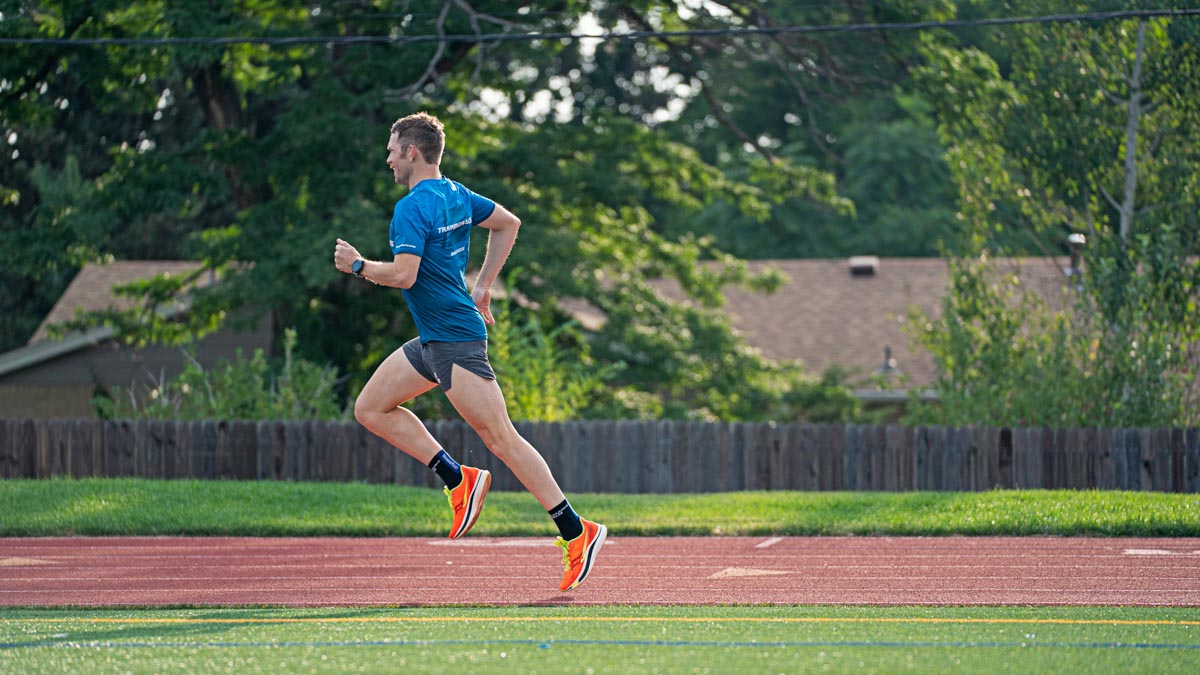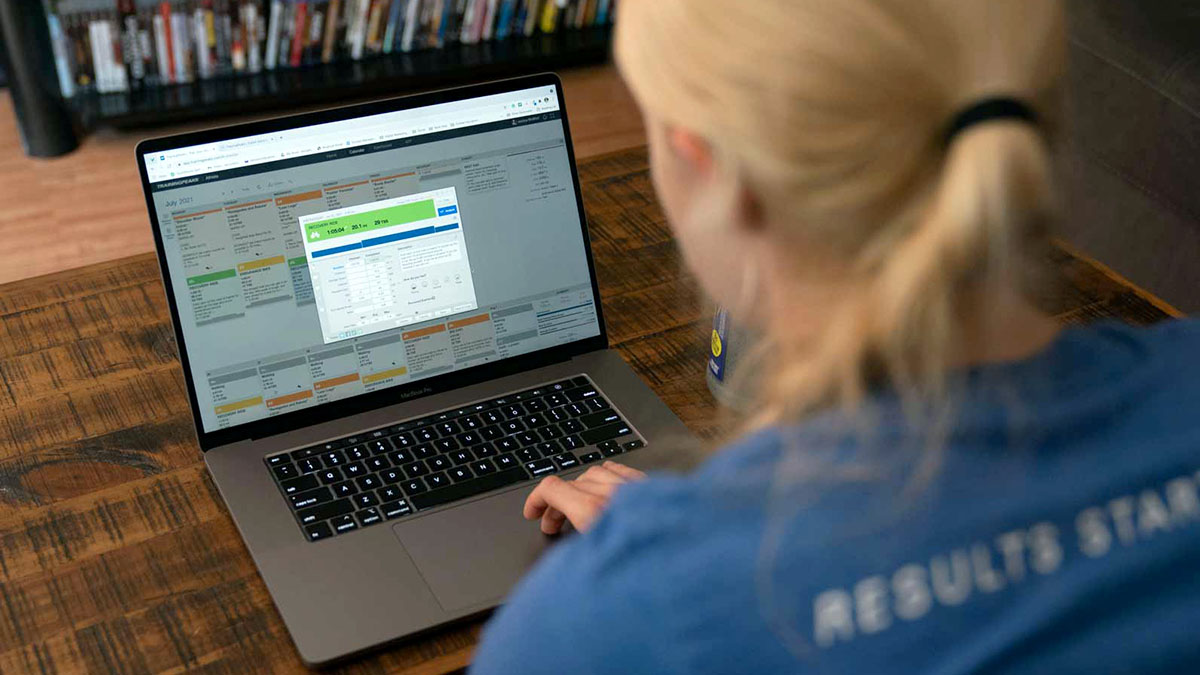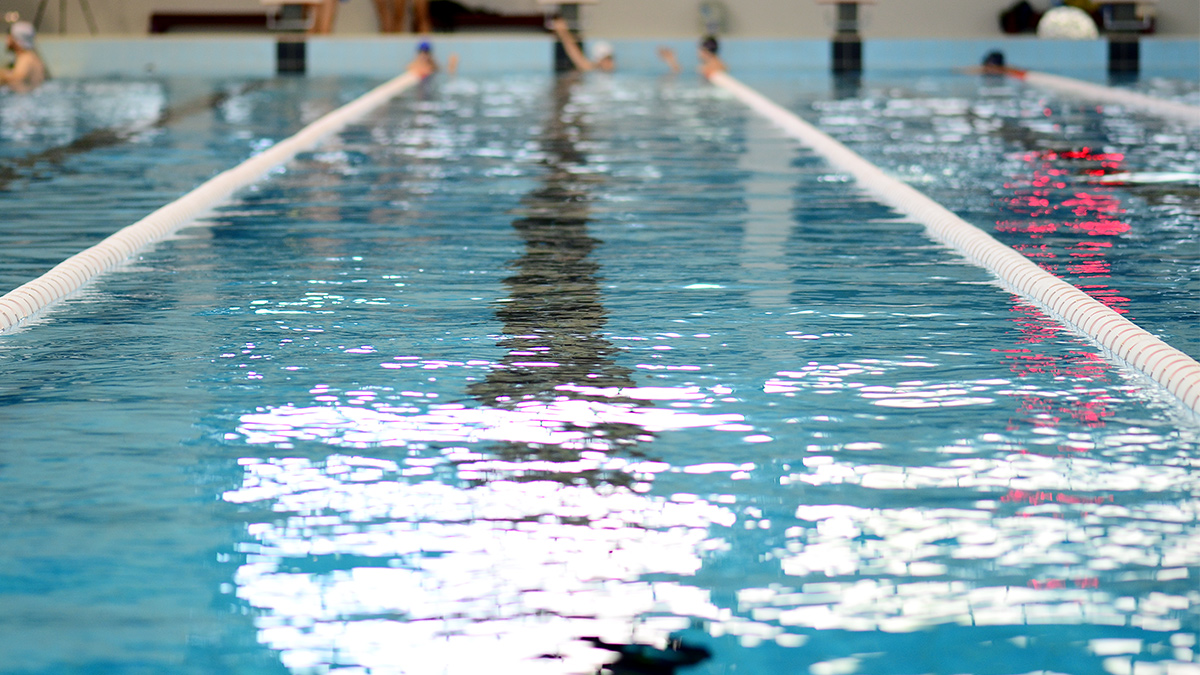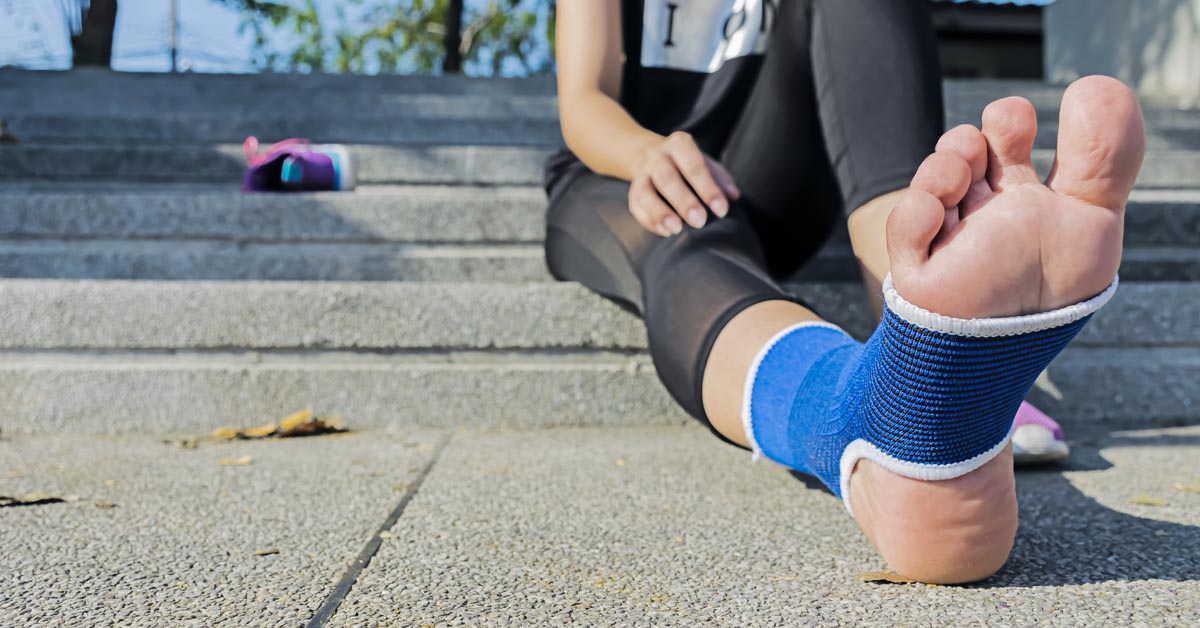Of the three disciplines in triathlon, running is by far the most common trigger of injury among triathletes and is frequently the cause of prolonged time away from training. As a result, coaches often look for ways to keep athletes training to maintain fitness and, if possible, keep progressing in training for their events.
An injured athlete must strike a delicate balance; they need to allow their body the time and rest needed for healing while still putting it under the stresses required to build strength and fitness.
Antigravity Running Devices
A couple of devices on the market aim to help runners in this regard. The LEVER Movement system attaches varying elastic bands to tight-fitting shorts worn while running on a treadmill. It works by creating a supportive force, pulling up the runner vertically from the treadmill deck. This allows an athlete to run with up to 45 pounds of their body weight removed.
Unlike the LEVER, a temporary device attached to any treadmill, another system is the AlterG. It’s a fully self-contained unit built around a treadmill. Running in the AlterG requires stepping into a skirt that is zipped into a large airtight balloon fitted up to the athlete’s waist, enclosing the entire running deck. Air pressure pumped into the balloon lifts the runner off the treadmill’s deck, reducing their body weight.
These devices aim to allow runners to continue running with injury by running at a lower effective body weight. The question for coaches to consider before integrating either of these devices into an athlete’s program is, do they work? Ultimately, does the use of either of these devices allow athletes to exercise in a manner that promotes both injury rehabilitation and improved fitness?
Antigravity Tool Research
One very small three-subject study using the Lever apparatus appears to reduce ground forces by giving runners the advertised weight reduction. Essentially a proof of concept at this point until more data can be confirmed.
A decent body of research has shown that they see ground forces associated with lower running weight when running on the AlterG with a reduced body weight.
Other studies have shown that with the reductions in ground forces, there are related reductions in contact forces on the bones of the lower limbs and decreased contraction forces of the leg muscles up to the glutei. Once again, this makes perfect sense; if you are running with less weight, you need to exert less muscular force to propel yourself forward and sustain less impact forces to your skeleton upon landing.
So the first part of the question has some science to back up the theory. Running with one of these anti-gravity devices will allow you to run while exerting a significantly lower physical toll on your body, thus allowing an injured runner to potentially continue to run.
But what about the second half of the question? Is running in this way beneficial to fitness and training? Several studies have examined this question concerning the AlterG, though there are none for the LEVER to date.
The most important finding related to fitness and training quality when running in an AlterG is that once you exceed a 20% weight reduction, you start to see a significant decrease in the metabolic needs for running and an increase in the time to exhaustion. Again, this isn’t hard to understand. If you are exerting yourself less because of a lower body weight, you will be metabolically less active and have a longer duration of activity before exhaustion.
Put another way by different authors, when running up to 9mph, a 25% reduction in body weight requires a 3 miles per hour increase in speed to run at the identical VO2 when running at total body weight. Several authors have found that, like increasing running speed, another way to improve training benefits while using weight reduction is to increase the treadmill’s incline, which is possible with both the AlterG and the LEVER.
Are Antigravity Devices Functional Training?
So it appears that it is possible to get a near regular training benefit when using these devices, but I think it is fair to ask, is an injured runner going to be able to do these modifications? If you have been injured in some way after all, how likely is it that you are going to be able to increase your run speed by 3 miles per hour or run a significant incline? It doesn’t mean that it can’t be done, only that this must be considered. Also, if you are running on these devices at 20% weight reduction where your metabolic needs are pretty much equivalent to running with no weight reduction, do you need the weight reduction at all?
A much less expensive alternative to these devices which has been researched is deep water running. Some decent studies have looked at the benefits of this approach and shown that if done correctly, this activity can confer some real training benefits while exposing the body to essentially zero ground forces and allowing for maximal recovery. In the end, water running is a very viable strategy for the injured runner as it will allow for higher intensity without any stress on the skeleton, tendons or muscles that might be injured.
Both the AlterG and the LEVER Movement device offer anti-gravity options for injured runners to rehabilitate themselves in a manner that allows them to continue running while decreasing stress to their injured selves. The efficacy of that training will be significantly diminished unless they can increase their pace or the incline angle they’re running. Given the injury, these may not be possible. When factoring in the cost and inconvenience of both modalities, deep water running begins to look increasingly more attractive and a much more viable alternative.
Train hard, train healthy.









